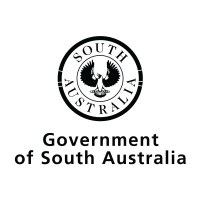
France Travail
France Travail est un acteur majeur du marché de l’emploi en France où il s’investit pour faciliter le retour à l’emploi des demandeurs d’emploi et offrir aux entreprises des réponses adaptées à leurs besoins de recrutement. Les 55 000 collaborateurs de France Travail œuvrent au quotidien pour être le trait d’union entre les demandeurs d’emploi et les entreprises. France Travail is a key player in the French employment market. Its role is to help the unemployed find work and support companies to fulfil their recruitment requirements. Day-to-day, France Travail's 55,000 staff provides that vital link between job seekers and companies.






